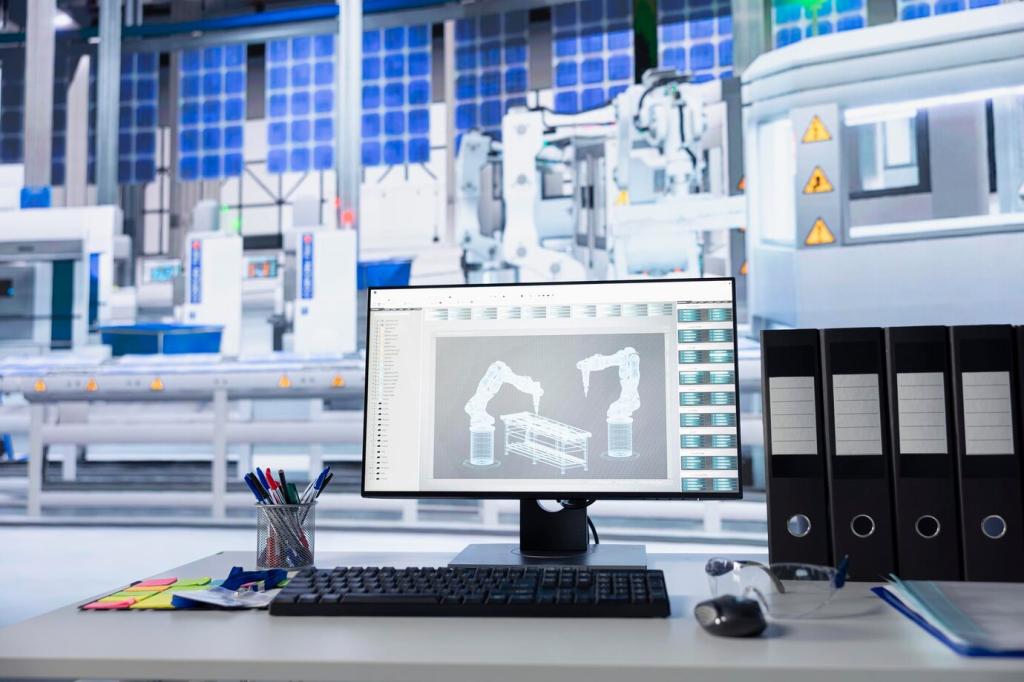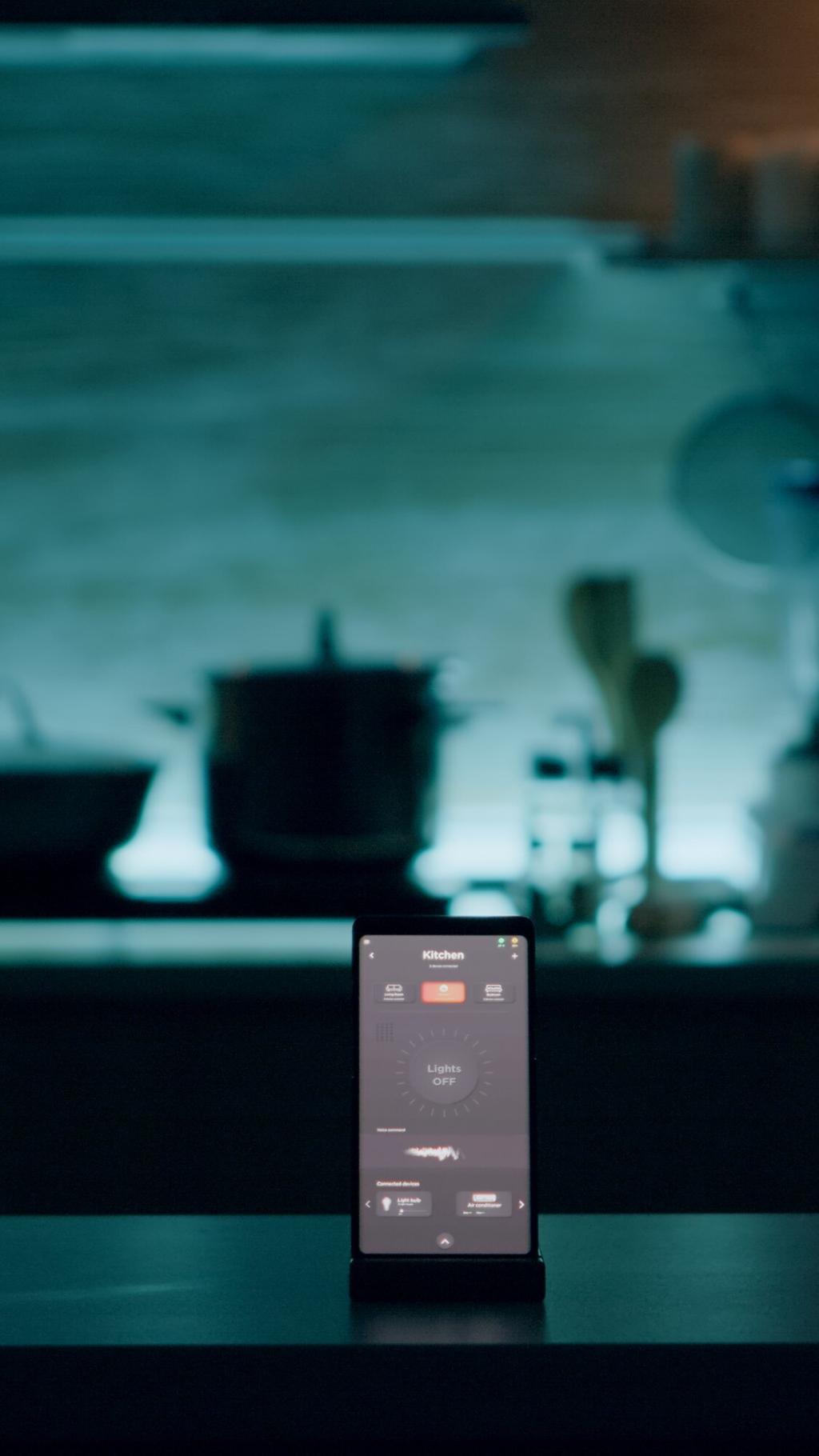Bright Ideas: Energy-Efficient Lighting Options for Every Space
Chosen theme: Energy-Efficient Lighting Options. Light your rooms with clarity, comfort, and conscience. From modern LEDs to smart controls, discover practical ways to cut energy waste without sacrificing style or warmth. Share your lighting challenges, ask questions in the comments, and subscribe for fresh ideas that turn small swaps into lasting savings.

Lumens Over Watts
Brightness is measured in lumens, not watts. A 60-watt incandescent produces roughly 800 lumens, while a 9-watt LED does the same. Focus on lumens for brightness and watts for energy use to avoid overpaying for light you do not need.
What Efficiency Really Means
Efficiency is lumens per watt. Incandescents average 10 to 15, CFLs around 50 to 70, and quality LEDs reach 80 to 120 or more. Higher efficiency means less energy for the same light, delivering real savings every month on your bill.
A Quick Household Win
One reader replaced twelve 60-watt bulbs with 9-watt LEDs, cutting lighting load by over 600 watts. That simple swap saved around one hundred dollars a year, and the cooler-running LEDs kept summer rooms more comfortable. Share your results to inspire others.
LEDs, CFLs, and Beyond: Choosing the Right Tech
01
LEDs last tens of thousands of hours, start instantly, dim smoothly when compatible, and offer excellent color options. They also run cooler than older lamps, reducing AC strain. Pick ENERGY STAR models for consistent performance and dependable warranties over bargain-bin guesswork.
02
CFLs remain reasonably efficient and affordable, working well in fixtures used for long, steady periods. However, warm-up time and mercury content limit their appeal. If you already own CFLs, place them in table lamps or offices, and recycle responsibly when they finally expire.
03
For unique fixtures, consider LED filament bulbs, high-CRI lamps for art, or linear LEDs for under-cabinet tasks. Outdoor-rated LEDs handle weather and motion sensors well. Ask about your hard-to-fit fixture in the comments, and we will help find a safe, efficient match.
Designing with Light: Color, Comfort, and Health
Warm white around 2700K feels cozy for bedrooms and living rooms. Neutral 3000K to 3500K balances warmth and clarity for kitchens. Cooler 4000K to 5000K can boost alertness for garages or work zones. Choose one tone per area to keep spaces visually cohesive.

Designing with Light: Color, Comfort, and Health
Color Rendering Index (CRI) closer to 90 or above helps paint, textiles, and skin tones look natural. In closets and bathrooms, high CRI reduces surprises with makeup and clothing. Look for clear CRI labeling on LEDs to ensure your home’s colors remain vibrant and accurate.
Smart Controls That Cut Waste
Use dimmers to right-size brightness for movies, meals, or late-night reading. Each small reduction saves energy and extends LED lifespan. Pre-set scenes let you jump from cooking to relaxing with a single tap. Verify dimmer compatibility to avoid flicker and hum.


Smart Controls That Cut Waste
In hallways, closets, and bathrooms, occupancy sensors eliminate forgotten lights. Outdoor motion sensors add safety while keeping lights off most of the night. Place sensors to avoid false triggers from pets or passing cars, and share results to help others fine-tune placement.
Room-by-Room Efficiency Playbook
Kitchen and Work Zones
Use 3000K to 3500K high-CRI LEDs for accurate food colors and tasks. Add under-cabinet linear LEDs for counters, paired with a dimmer for evenings. Recessed fixtures benefit from airtight, IC-rated housings to reduce drafts and retain efficiency while delivering clean, focused light.
Bedrooms and Living Areas
Choose warm 2700K LEDs for relaxation, and layer table lamps with a master dimmer. Use smart bulbs that shift warmer after sunset for bedtime routines. Blackout curtains reduce glare, so lower brightness can still feel cozy, comfortable, and visually pleasing during quiet evenings.
Outdoors, Entries, and Safety
Select weather-rated LED fixtures with motion and dusk-to-dawn controls. Aim fixtures to reduce glare and protect dark skies while maintaining safety. Path lights with integrated LEDs sip power and guide guests. Share photos of your entry, and we will recommend efficient beam spreads.
Simple Payback Math
Replacing a 60-watt incandescent with a 9-watt LED used three hours daily saves roughly fifty kilowatt-hours per year. Multiply by your electricity rate for annual savings. Across many bulbs, payback typically arrives within months, leaving years of ongoing, predictable reductions.
Rebates and Reliable Labels
Look for ENERGY STAR LEDs to gain quality, efficiency, and potential rebates. Check package labels for lumens, watts, color temperature, CRI, and dimming. Save receipts and model numbers for rebate forms, and share any successful claims so other readers can benefit quickly.
Bundle Upgrades for Bigger Impact
Upgrading bulbs while adding dimmers and sensors magnifies savings and comfort. Plan rooms in batches to simplify compatibility checks and reduce trips. Tell us your timeline and budget, and we will suggest a phased path that keeps momentum without overwhelming your weekends.
